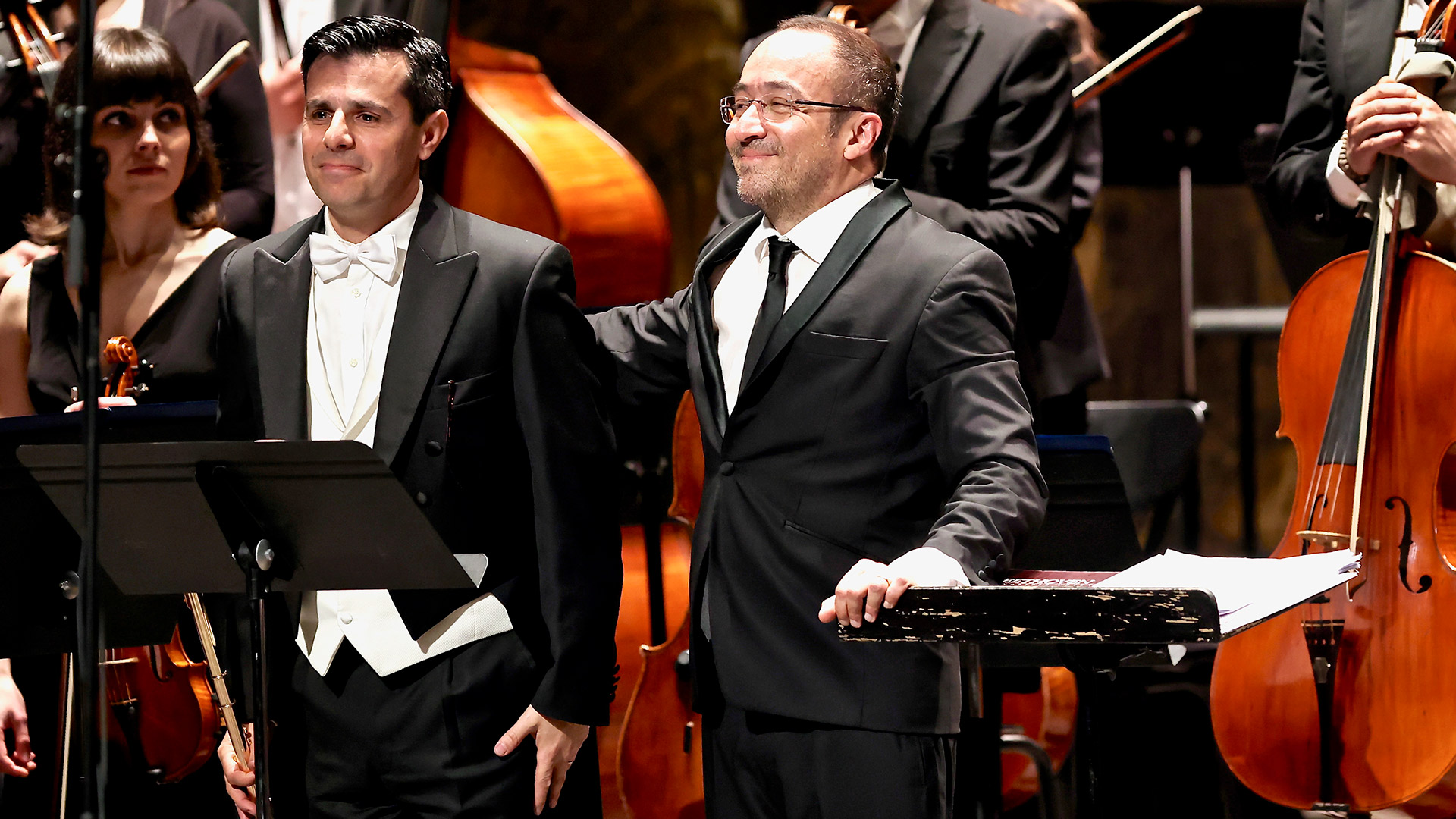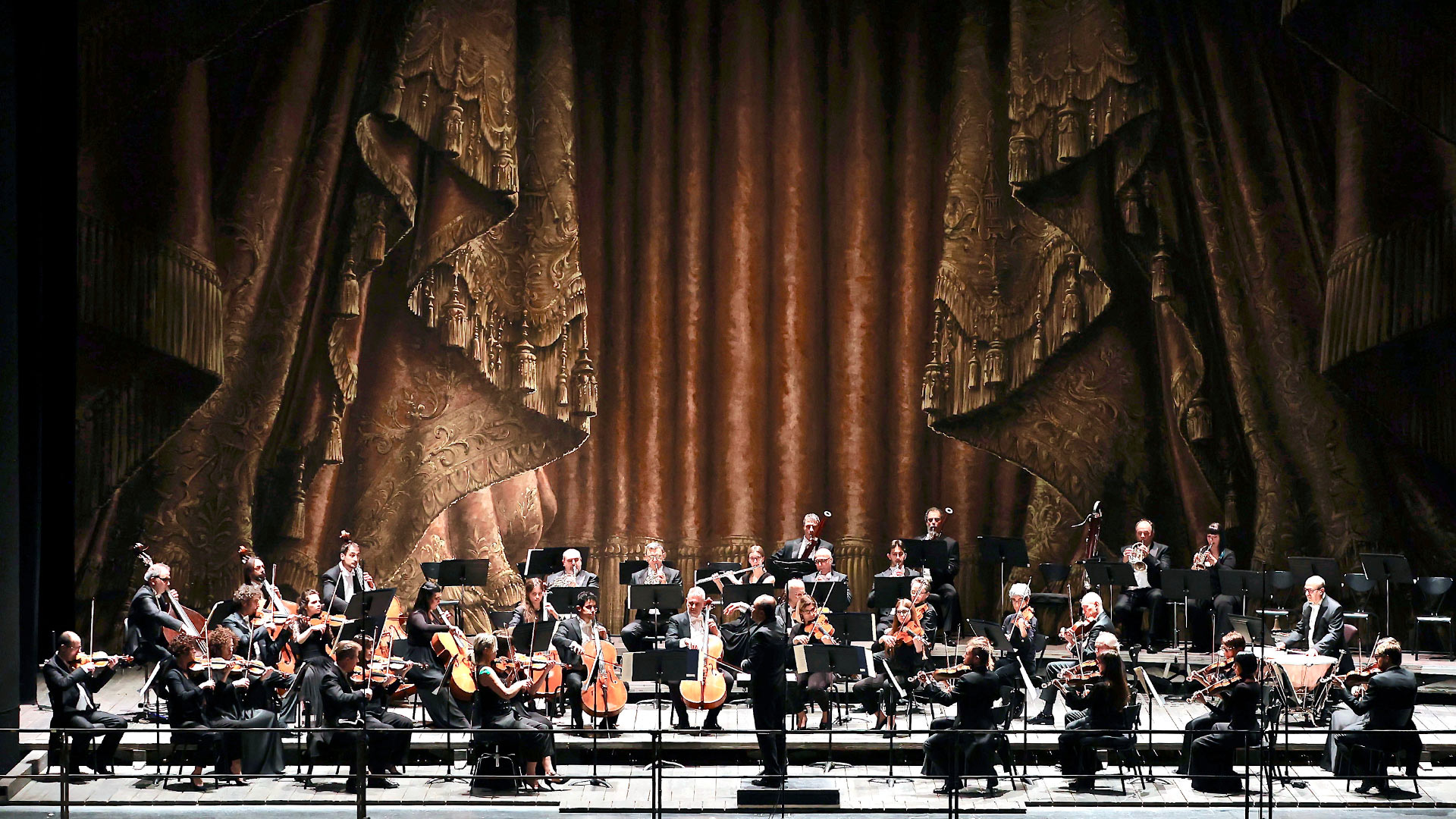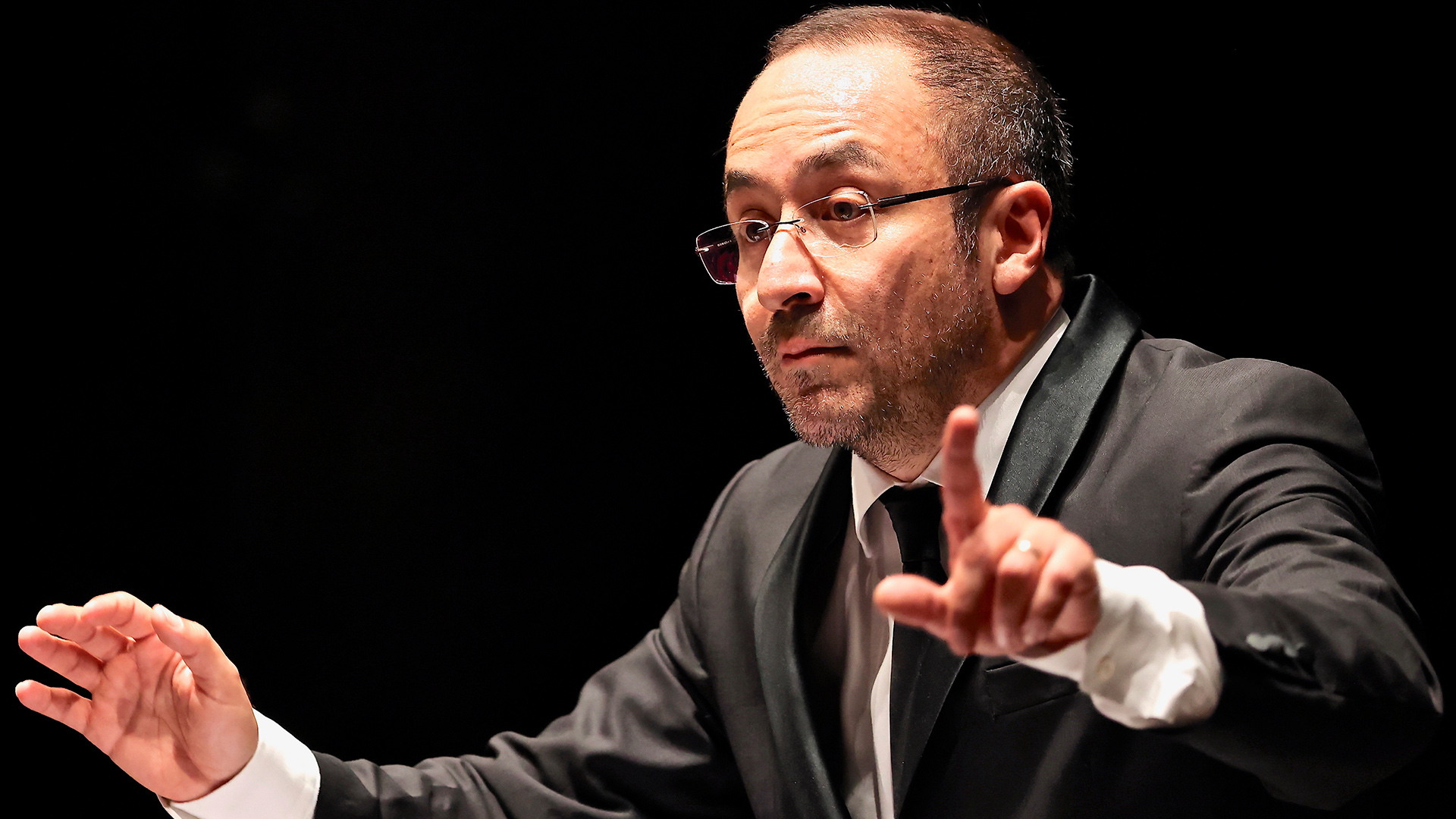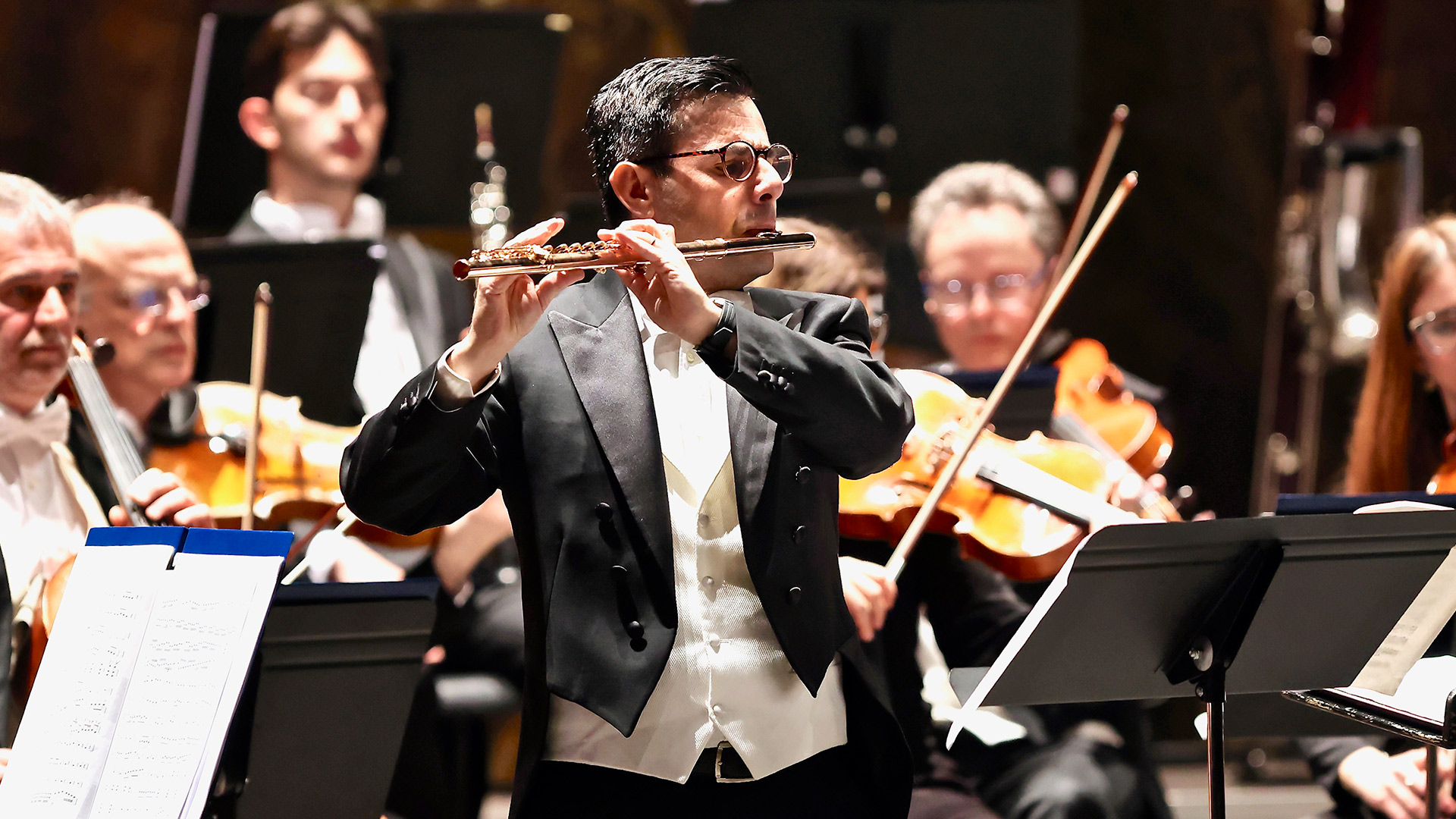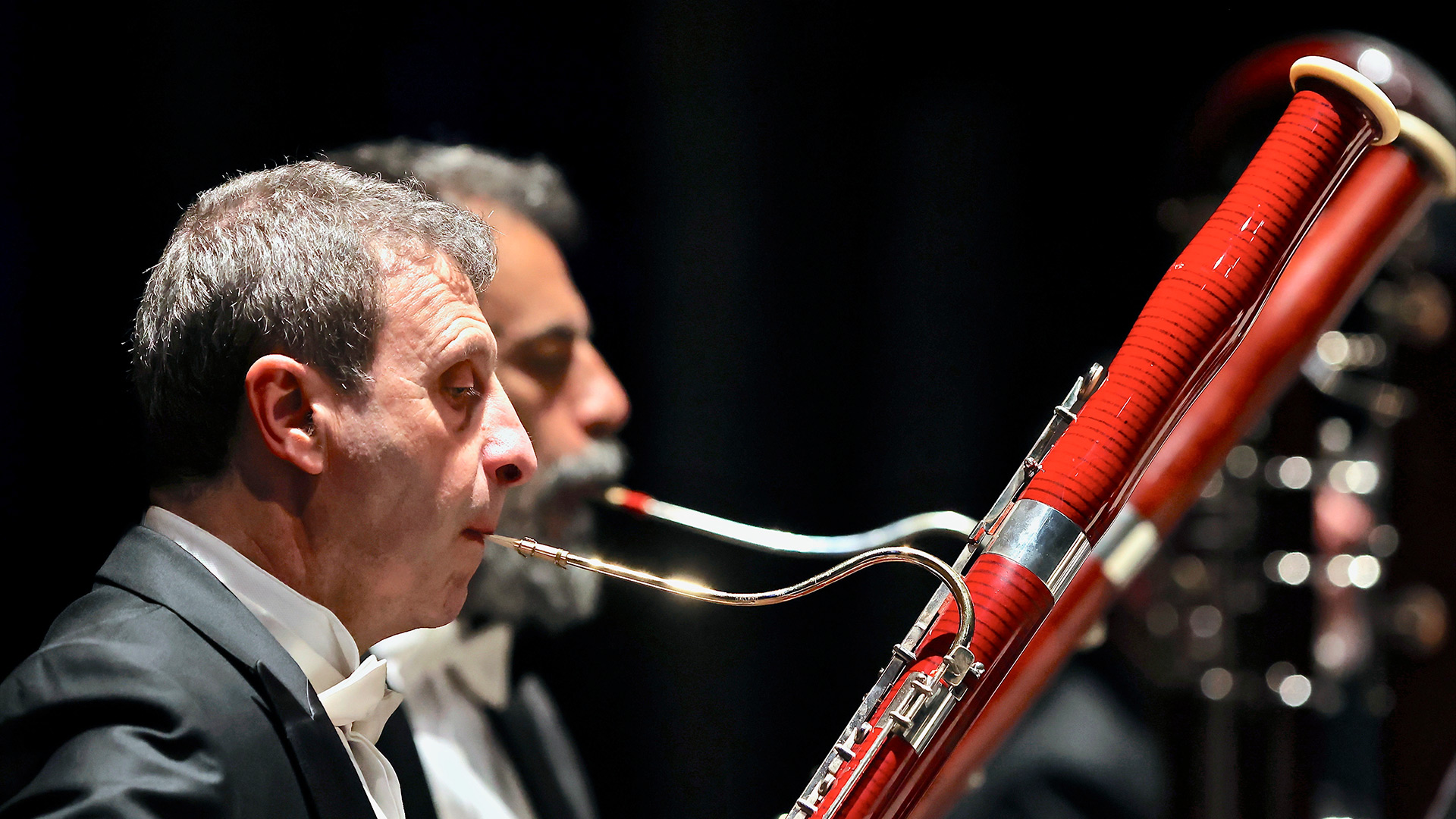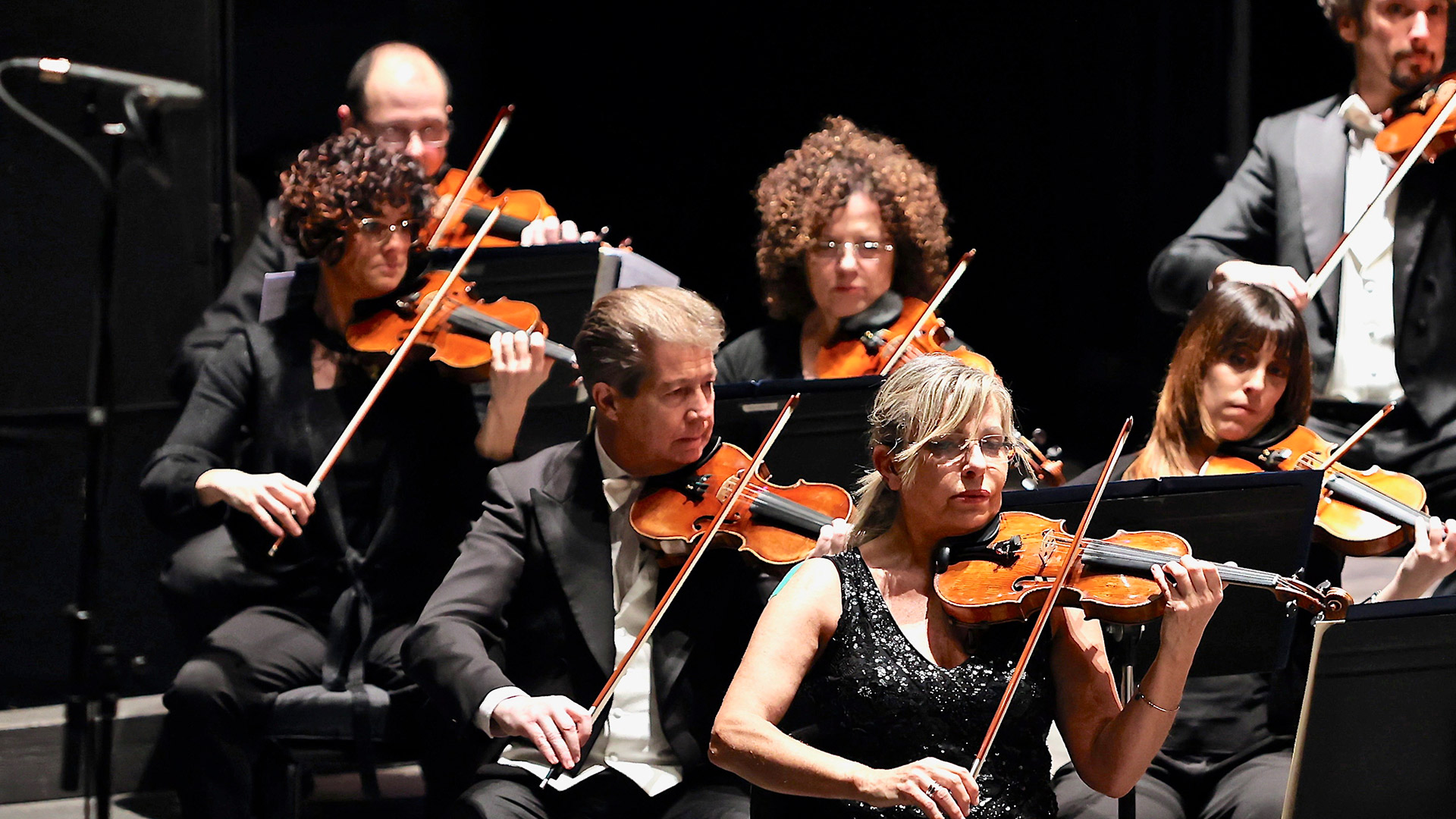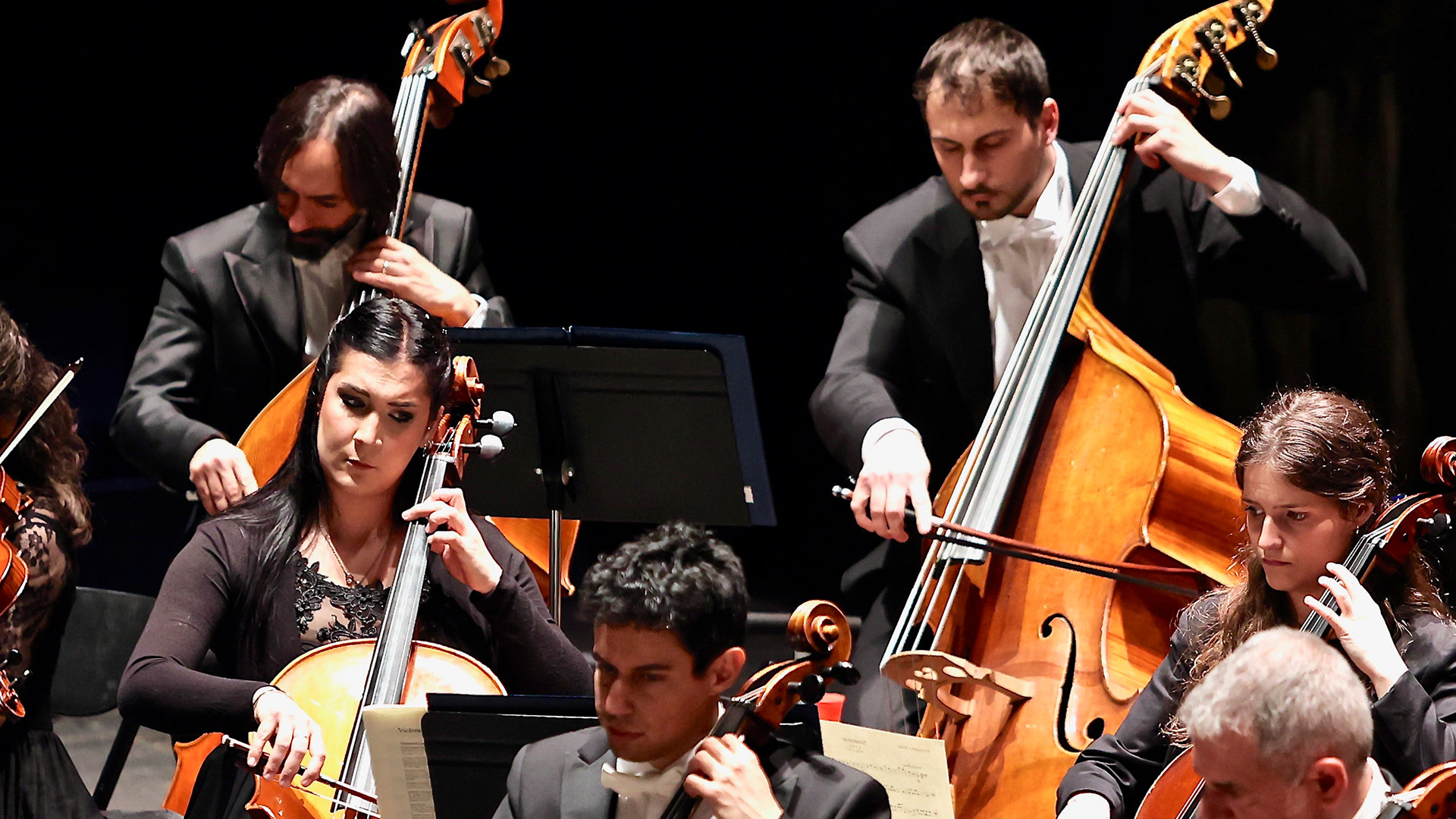FRANZ JOSEPH HAYDN
Symphony n. 82 in C major L’ours (L’orso) Hob:I:82
FRANÇOIS DEVIENNE
Concert for flute and orchestra n.7 in E minor
LUDWIG VAN BEETHOVEN
Symphony n. 5 in C minor op. 67
Flute
Francesco Loi
Conductor
Riccardo Minasi
Opera Carlo Felice Genova Orchestra
The Symphony n. 82 marks a special moment in Franz Joseph Haydn’s artistic career: it was the first of his ‘Parisian’ symphonies, and thus his first major success in France. The title given to the piece several years later, L’ours (The Bear), is due to the opening theme of the last movement, Vivace assai, which recalls the animal’s gait. The Symphony was composed in Esterhàz in 1786 on a commission from the concert society Les Concerts de la Loge Olympique, which would later commission Haydn to write the other six symphonies; the first performance was held in Paris the following year. An aspect of a practical nature marked necessary developments in the composer’s writing; the orchestra of the Concerts was in fact much larger than usual, numbering up to a hundred orchestral professors; Haydn therefore ventured into an even more complex management of the instrumental lines and the balance between all and soloists, achieving more elaborate levels of articulation. The first movement, Vivace in sonata form, is characterised by extensive use of chromaticism and an electric, darting atmosphere. This is followed by an Allegretto that takes up a popular theme in a play of orchestral references. The dance rhythm and lightness of the Minuet and Trio anticipate ‘the entrance of the bear’, with the insistent C repeated by the basses, the bear is welcomed by the orchestra in a festive and lively atmosphere.
François Devienne (1759 – 1803) was a composer, flautist and bassoonist. He lived in France, where he achieved notoriety during the years of the Revolution through the composition of patriotic hymns. Even better known as a flautist, he was also a teacher and theorist of flute technique. His catalogue counts mainly instrumental, mostly chamber works, with several flute concertos, but also symphonies and twelve opéras-comiques. The Flute Concerto No. 7 in E minor is one of his most performed compositions. It was composed in the mid-1780s and published in 1787 in Paris. Right from the beginning in the opening Allegro, particularly with the first theme, one can perceive a Mozartian reminiscence – frequenting the most prestigious concert halls of the French capital, it is very likely that Devienne had had the opportunity to get close to the compositions of the composer from Salzburg – and the virtuoso articulation of the flute line, which requires a refined and agile technique, stands out. Even different is the technique required in the Adagio, which emphasises the softer, more lyrical sonorities of the flute – not without requiring great technical balance and restraint in turn, with extensive solo passages. The final Rondo opens with a light refrain entrusted to the flute; from the first verse the orchestra bursts forth with vigour, and from there a dense and brilliant dialogue opens between soloist and all.
Beethoven’s Fifth Symphony is one of the most celebrated masterpieces of the symphony genre. With this composition, which Beethoven worked on for four years between 1804 and 1808, the composer combined his compositional technique with personal and philosophical research, in a pure but strongly evocative musical form. The first movement opens with a peremptory incisal, three repeated Gs and an E, expounded and then elaborated and amplified magnificently, famous is the definition of Anton Schindler, musician and friend of Beethoven: ‘it is destiny knocking at the door’. The strong contrasts in the first movement – in sonata form – between the first theme and the second, softer, more cantabile theme, incisively affirm the principle of the form itself. The Andante con moto is a very personal theme with variations, with a main theme and protagonist of the variations, and an accompanying secondary theme with a folk character. The main theme is enunciated and then elaborated with great variety on the rhythmic and melodic planes and in the orchestration, the orchestra’s tension is kept vibrant. The third movement, Allegro, opens with an unusually dark atmosphere, echoing the first theme of the opening Allegro con brio, in eager anticipation of the final Allegro, a triumphant and splendid moment of resolution of the initial contrast. In Beethoven, the Enlightenment spirit coexisted with tormented romantic afflations, a contrast that was always present, more or less explicitly. With the Fifth, a symphony seemingly representative of a romantic tension, Beethoven achieves an astonishing set of geometries, numerical proportions studied in detail as the basis for each compositional choice, from the individual instrumental lines to harmony and rhythm, right down to the formal structure, representing in music the triumph of the Enlightenment spirit.
Ludovica Gelpi
